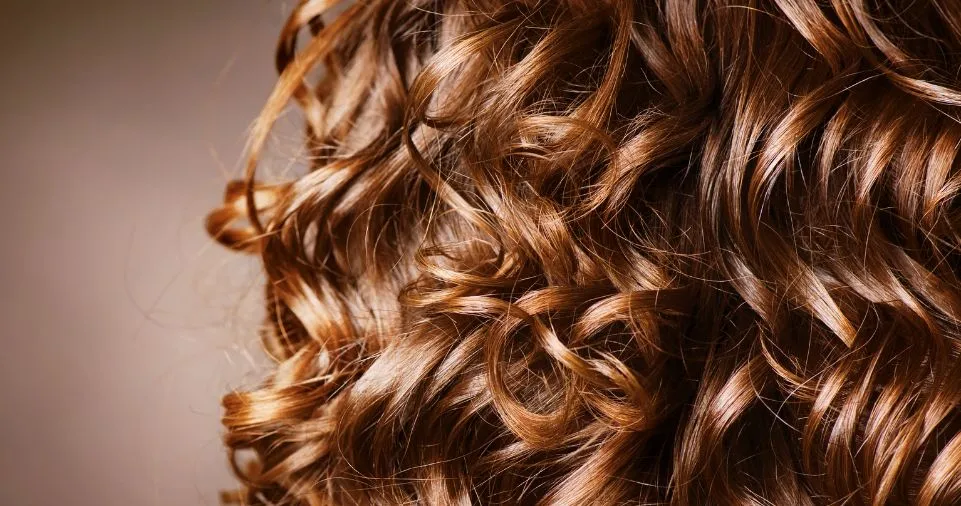If you’re looking for a new hair transplant procedure, it’s important to understand the differences between FUE and FUT.
Table of contents
- FUE vs FUT: Which is better?
- What are the differences between FU and FUE?
- Which one is best for you and your hair loss situation?
- Which one should you get?
- Understand the differences between FUE and FUT.
- What is FUE and FUT Hair Transplant?
- The Benefits of FUE Hair Transplant Surgery
- Why is FUE hair transplant more popular than FUT?
- Conclusion
Both of these methods have their own advantages and disadvantages, which makes them great choices when considering whether or not to have a hair transplant.
FUE vs FUT: Which is better?
FUE is a more invasive procedure that requires stitches, while FUT does not.
If you are considering FUT as an alternative to FUE, it’s important to understand the differences between these two hair transplant procedures in order to make an informed decision about which one would be best for your needs.
What are the differences between FU and FUE?
The main difference between FUE and FUT is that the former (FUE) uses a small punch to extract follicular units from the donor area, whereas the latter (FUT) uses a large scalpel to remove a strip of donor tissue from your back.
Which one is best for you and your hair loss situation?
When it comes to hair transplants, there are two main types: FUE and FUT. The most important thing you need to know is that each type has its pros and cons.
FUE is considered the best method because it involves using a single needle to create individual follicles from your donor area (the part where you want your new hairs). This means less time spent on each procedure than with other options, making it much easier for you to recover from surgery faster. However, this procedure does have some risks associated with it–a good example being blood clotting issues–so if these side effects aren’t tolerable for you then another option might be better suited for your needs.
In contrast with FUE and FUT which takes longer but gives better results overall (but also has risks). It involves transplanting smaller amounts of tissue so there’s less chance of complications occurring during recovery period due to more surface area available per graft.”
Which one should you get?
There are two main types of hair transplant procedures:
- FUE (Follicular Unit Extraction) – This is the most popular procedure, because it’s less invasive and has a higher success rate than FUT. It involves harvesting grafts from the back or sides of your head and then restoring them to their natural location on top. The grafts are then transplanted into individual follicles within your scalp where they will grow in harmony with each other as well as with existing hairs on your head.
- FUT (Follicular Unit Transplantation) – Grafts are taken from one donor area and transferred over to another recipient area for more precision placement so that you don’t end up with gaps between different areas of hair growth like some people experience after undergoing FUE procedures alone
Understand the differences between FUE and FUT.
In this article, we’ll discuss the differences between FUE and FUT. We’ll also review the advantages and disadvantages of each procedure.
The first thing to understand about FUE and FUT is that both are hair transplant procedures. The only difference is where they’re performed: one involves a single-stage procedure (FUE) and the other involves two stages (FUT). As you may have guessed from looking at their names, “F” stands for follicle extraction; this means removing individual hairs from your head before placing them into an artificial grafting site on your scalp or elsewhere in your body.
What is FUE and FUT Hair Transplant?
FUE is a procedure that uses a small instrument to extract individual follicles from the donor area. FUE is used to harvest hair follicles from the back of the head or the sides of the head, which can be cut out, transplanted and blended with your own hair.
FUE is considered more technologically advanced than FUT because it requires less tissue removal than other methods like FUT or strip surgery (where you remove all your scalp). It also uses fewer grafts per session and allows for better results in terms of density, coverage and color consistency.
The Benefits of FUE Hair Transplant Surgery
The benefits of FUE hair transplant surgery include:
- It is a minimally invasive procedure and you will not have to take time off from work.
- The cost is less than FUT as well, since there are fewer incisions involved in an FUE procedure compared to an FUT one.
- You will get more natural-looking results with this method because the grafts are placed under your scalp instead of being removed from it like they would be during an FUT procedure (which means less scarring).
Overall, both methods have their advantages and disadvantages but if you’re looking for something that requires little downtime or downtime at all then definitely choose an FUE option!
Why is FUE hair transplant more popular than FUT?
FUE is more popular than FUT because it is minimally invasive and does not damage the donor area. This means that you can keep your hair short after surgery, unlike with FUT.
FUE also has several advantages over FUT:
- A lower risk of scarring (scarring occurs when tissue from another part of your body gets transplanted into your scalp)
- A shorter recovery time (it takes less time to get back to work after having this procedure done)
Conclusion
If you are looking to reduce the visible signs of hair loss and want to go for a permanent solution, then FUE is the best option. The procedure is easier, less invasive, and costs much less than FUT. However, FUT can also be a good option for those who are not too concerned about having a surgery done at home or don’t have enough money. If you have thinning hair on top of your head or have been wearing hats all your life due to lack of confidence in it then this might be just what you need!
For more info Visit Us!










